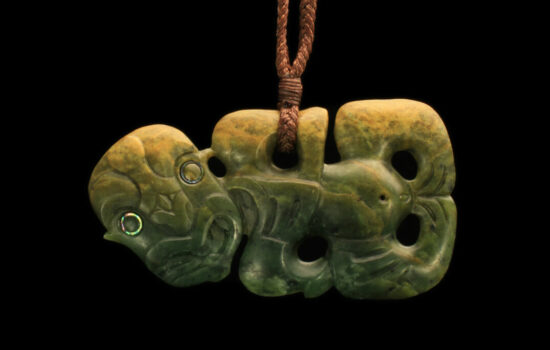Nau mai, haere mai ki Te Puia. Please check-in 15 minutes prior to your scheduled tour departure time.
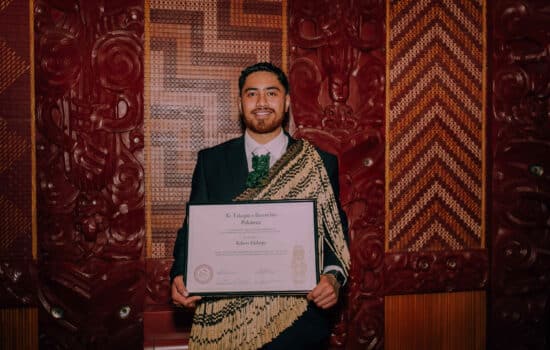
Kihoro Hohepa
Pouako (Tutor)- Ngāti Pikiao, Ngāti Rongomai
Description
Ko Te Arawa te waka
Ko Matawhaura te maunga
Ko Te Rotoiti-i-kite-ai-e-Īhenga te moana
Ko Ngāti Pikiao te iwiKo Ngāti Hinekura te hapū
Ko Hinekura te whare tupuna
Ko Niniurangi te wharekai
Ko Te Waiiti te awa
Ko Tawhakarere te whenua taurikura
Ko Te-Ahi-a-Tōrere te waka taua
Upoko māhewahewa.
Ko Te Oneroa kei te Ruatokia te ūkaipō
Ko Ngāti Rongomai te iwi
Ko Te Hiukura te marae
Ko Ngā-pūmanawa-e-waru-o-Te-Arawa te whare wānanga
Ko Te-awa-i-takapuwhaia te wharekai
Ko Torehitaua te waka taua
Ko au ko te whare o te riri
Ko ahau tēnei ko Kihoro Hohepa.
Why I came to Te Takapū/Te take i ruku ai?
He kōingo nōku kia ruku ai ki roto ki wēnei wānanga, ki roto i wēnei mahi whakairo. I tupu ake au i roto i te āo whakairo o Ngāti Tarawhai, o Ngāti Pikiao, Ki tāku e mōhio, Ko te nuinga o ngā whare tūpuna, whare wānanga i tupu ake ai e au i whakairohia e Kaka Niao, ko Te Amo rātou ko Wero. He tāonga tuku iho. It is a deep desire of mine to delve in and understand the importance of our customs and protocols based around whakairo Māori. Raised in the environment of Ngāti Tarawhai and Ngāti Pikiao whakairo, I was fortunate to learn things pertaining to these carved meeting houses. Kaka Niao, Te Amo-a-Tai and Wero Tāroi are the tohunga whakairo, who inspired me to do what I do today. It is a treasure for them to be acknowledged and preserved.What have I learnt/Ngā akoranga?
Ko āku pūkenga whakairo he whāngai nā Te Tumu whakarae o Te Takapū o Rotowhio, ko wai ake, ko Stacy Gordine. He tangata rongonui ki au, he nui taku whakaute ki ā ia. Nōku te whiwhi ki te ako, nōku hoki te maringa nui ki te noho ki raro i ngā akoranga a Matua Stacy, otirā, Te Takapū o Rotowhio. The mindset and skills I have for whakairo today are an acknowledgement to Stacy Gordine. He has an important role in our wānanga pounamu and is someone I highly respect. I am thankful to learn, but I am more grateful to learn in this space, under the guidance of Matua Stacy here at Te Takapū o Rotowhio.Advice/Kōrero akiaki?
Whāngaihia wōu kete kia kawea ki tua! Learn as much as you can and share it! Photo: Tipene Oneroa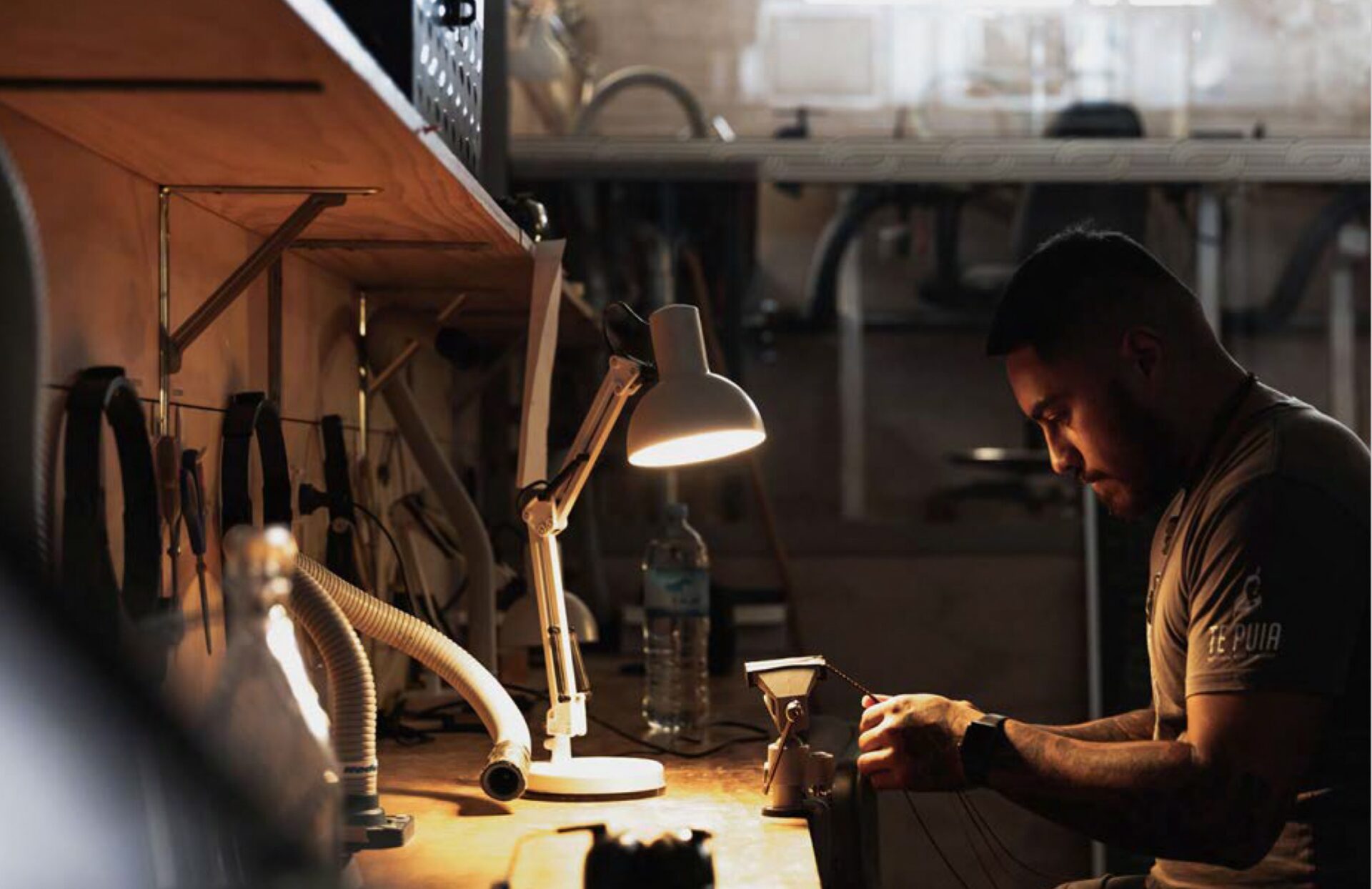
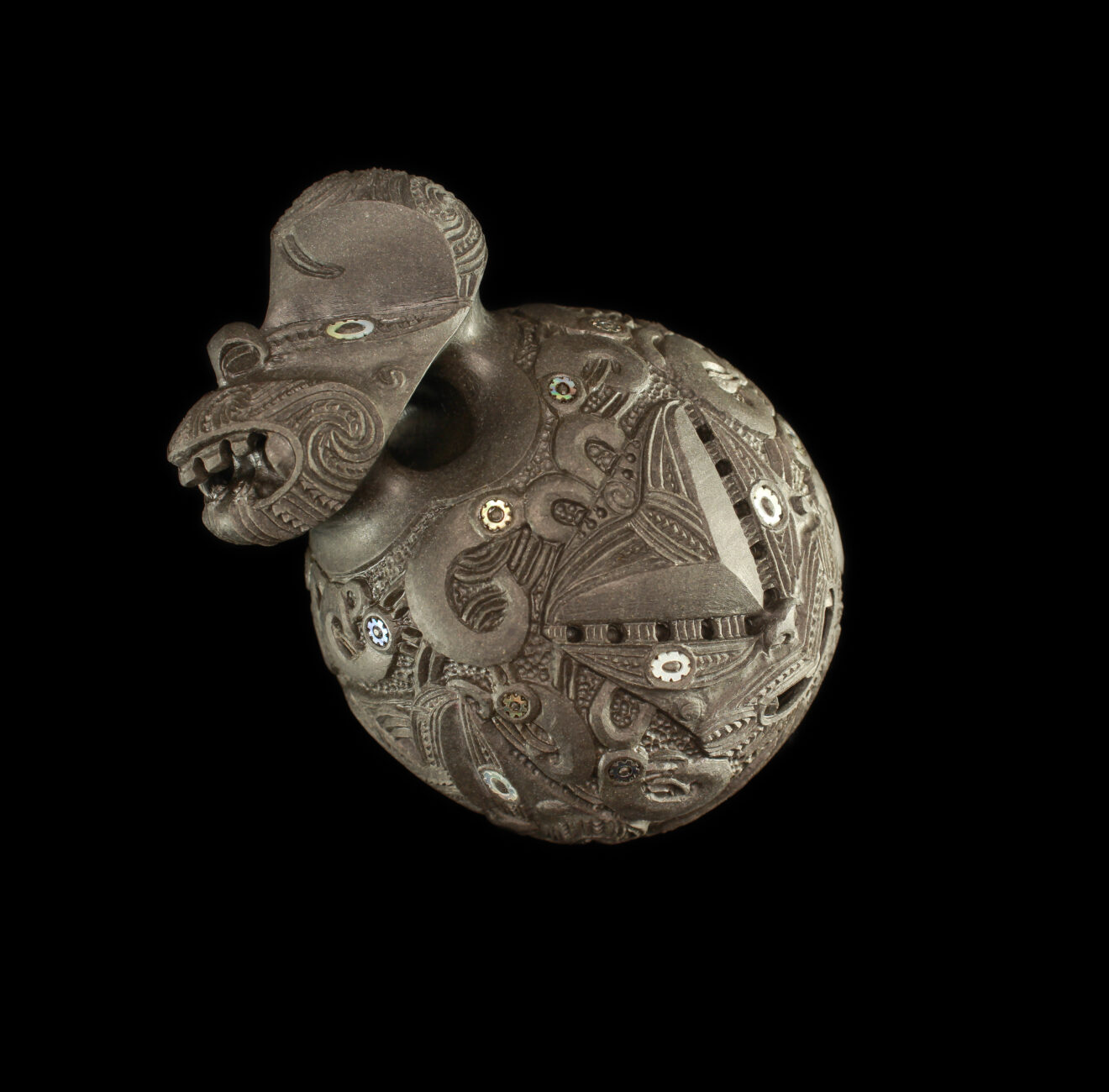
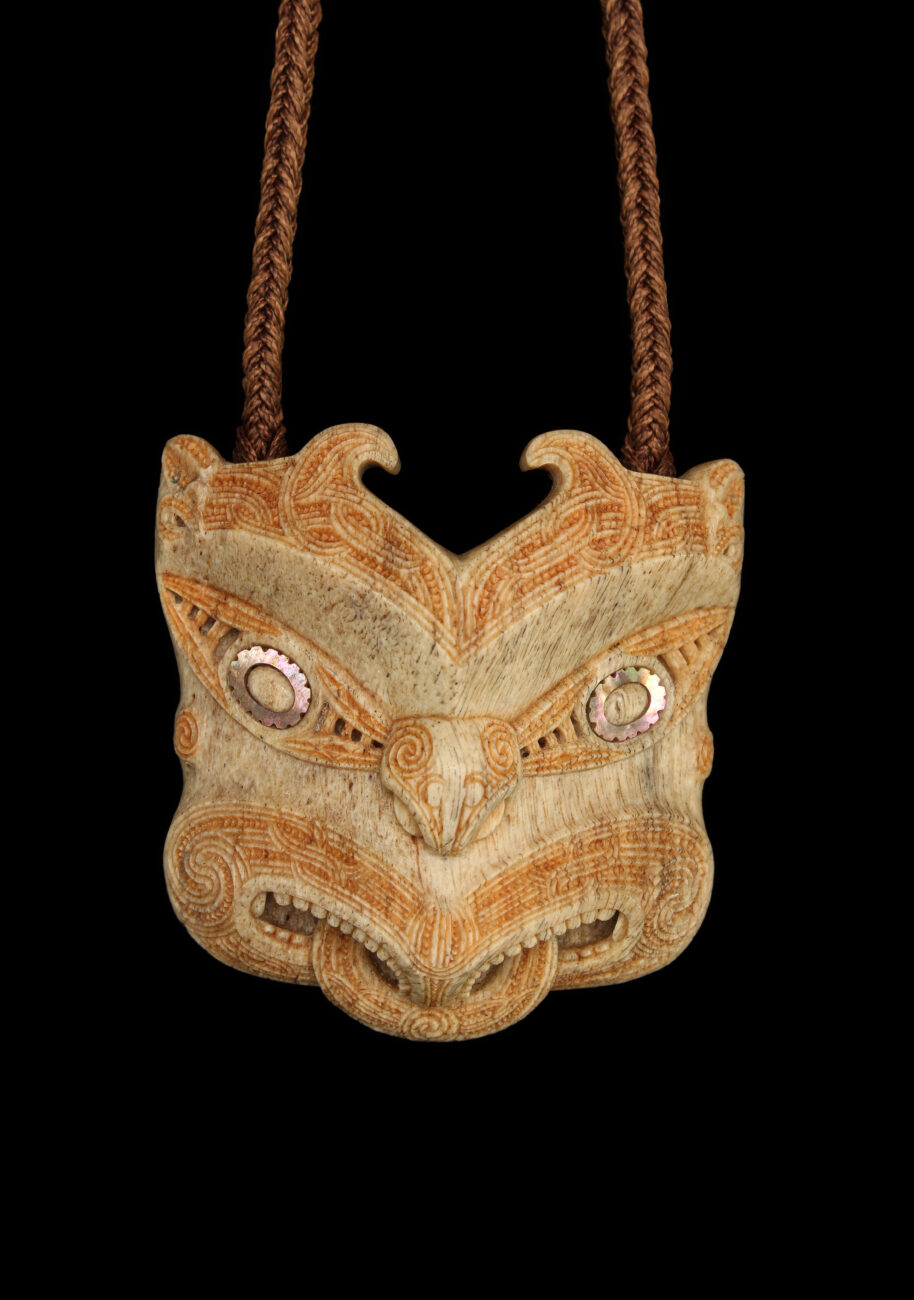
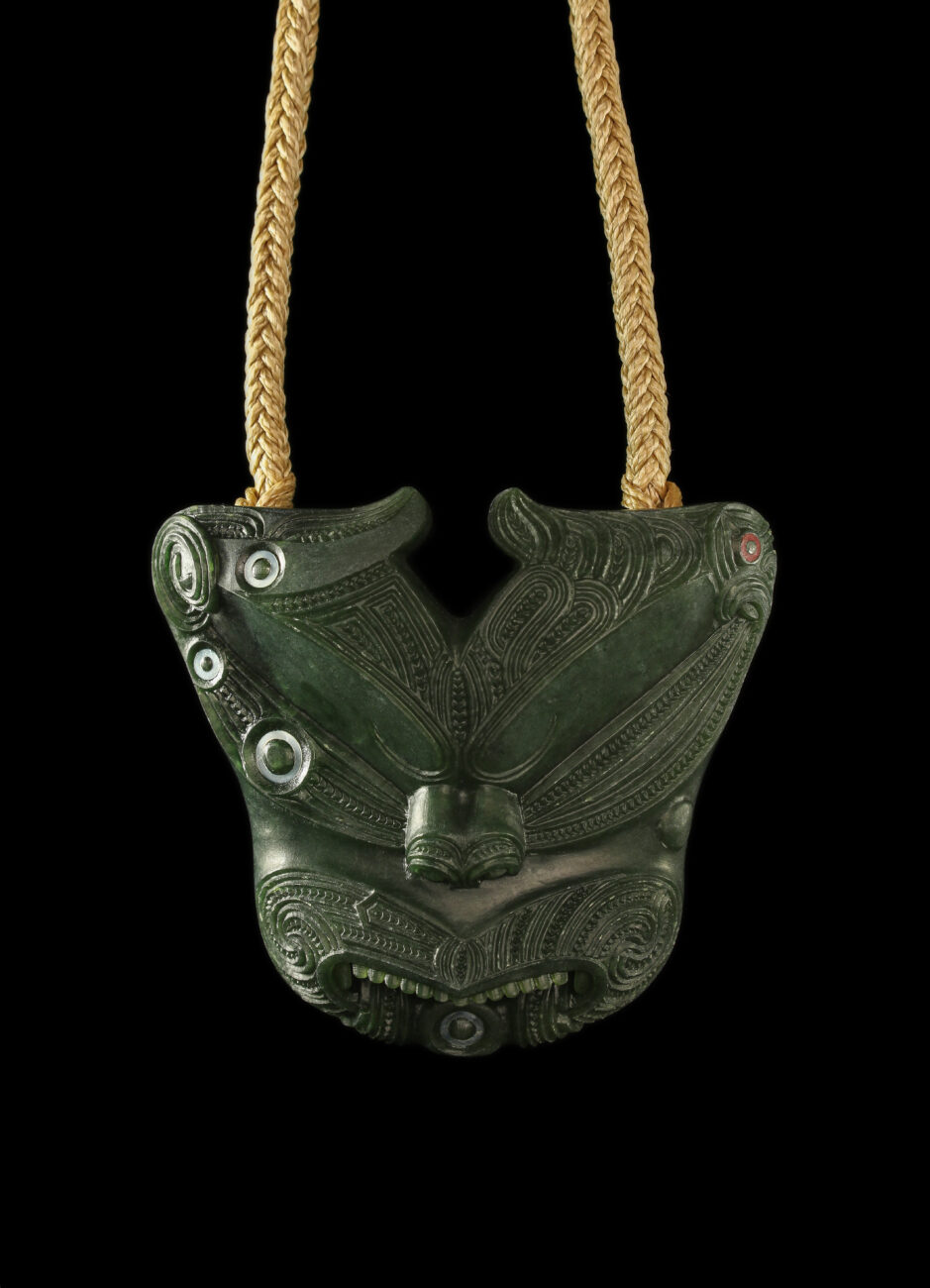
Ko Te Arawa te waka
Ko Matawhaura te maunga
Ko Te Rotoiti-i-kite-ai-e-Īhenga te moana
Ko Ngāti Pikiao te iwiKo Ngāti Hinekura te hapū
Ko Hinekura te whare tupuna
Ko Niniurangi te wharekai
Ko Te Waiiti te awa
Ko Tawhakarere te whenua taurikura
Ko Te-Ahi-a-Tōrere te waka taua
Upoko māhewahewa.
Ko Te Oneroa kei te Ruatokia te ūkaipō
Ko Ngāti Rongomai te iwi
Ko Te Hiukura te marae
Ko Ngā-pūmanawa-e-waru-o-Te-Arawa te whare wānanga
Ko Te-awa-i-takapuwhaia te wharekai
Ko Torehitaua te waka taua
Ko au ko te whare o te riri
Ko ahau tēnei ko Kihoro Hohepa.
Why I came to Te Takapū/Te take i ruku ai?
He kōingo nōku kia ruku ai ki roto ki wēnei wānanga, ki roto i wēnei mahi whakairo. I tupu ake au i roto i te āo whakairo o Ngāti Tarawhai, o Ngāti Pikiao, Ki tāku e mōhio, Ko te nuinga o ngā whare tūpuna, whare wānanga i tupu ake ai e au i whakairohia e Kaka Niao, ko Te Amo rātou ko Wero. He tāonga tuku iho.
It is a deep desire of mine to delve in and understand the importance of our customs and protocols based around whakairo Māori. Raised in the environment of Ngāti Tarawhai and Ngāti Pikiao whakairo, I was fortunate to learn things pertaining to these carved meeting houses. Kaka Niao, Te Amo-a-Tai and Wero Tāroi are the tohunga whakairo, who inspired me to do what I do today. It is a treasure for them to be acknowledged and preserved.
What have I learnt/Ngā akoranga?
Ko āku pūkenga whakairo he whāngai nā Te Tumu whakarae o Te Takapū o Rotowhio, ko wai ake, ko Stacy Gordine. He tangata rongonui ki au, he nui taku whakaute ki ā ia. Nōku te whiwhi ki te ako, nōku hoki te maringa nui ki te noho ki raro i ngā akoranga a Matua Stacy, otirā, Te Takapū o Rotowhio.
The mindset and skills I have for whakairo today are an acknowledgement to Stacy Gordine. He has an important role in our wānanga pounamu and is someone I highly respect. I am thankful to learn, but I am more grateful to learn in this space, under the guidance of Matua Stacy here at Te Takapū o Rotowhio.
Advice/Kōrero akiaki?
Whāngaihia wōu kete kia kawea ki tua!
Learn as much as you can and share it!
Photo: Tipene Oneroa
Their creations
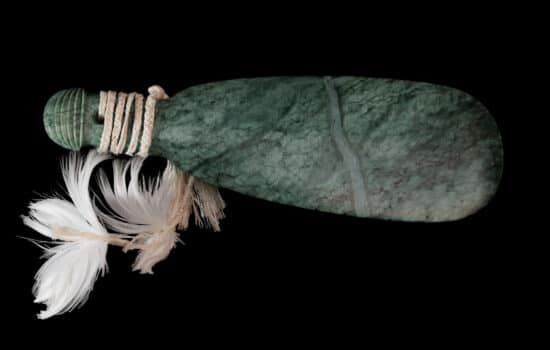
Mere
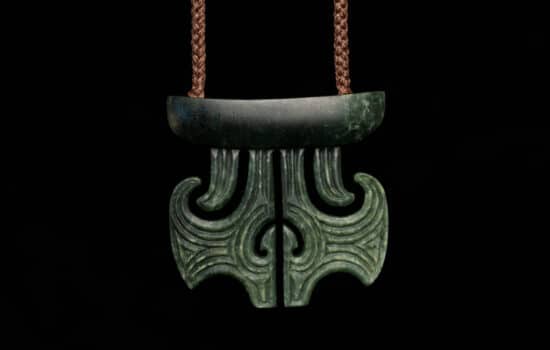
Kauae
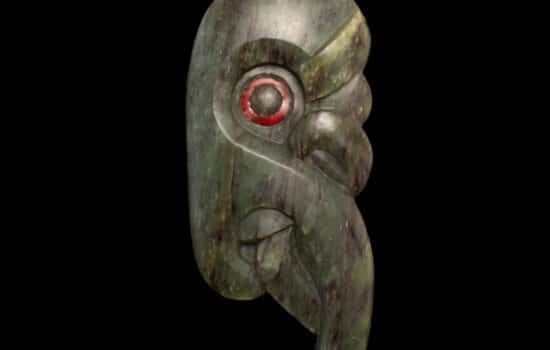
Manaia Kōruru
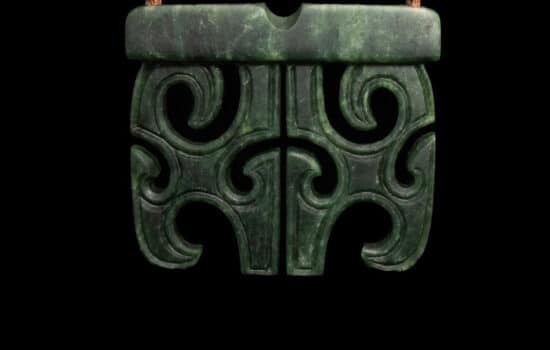
Moko Kauae
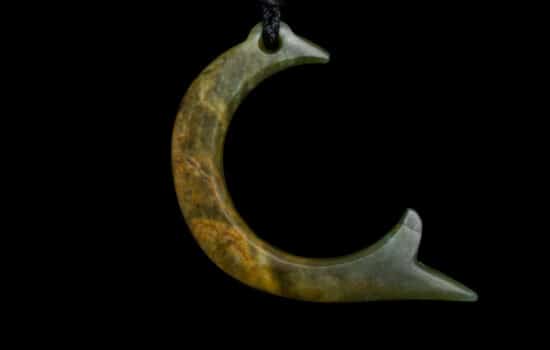
Whakakaipiko
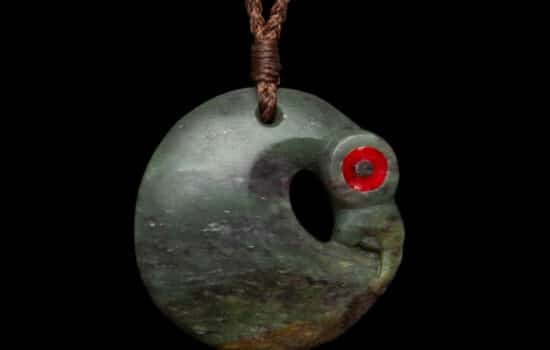
Manaia
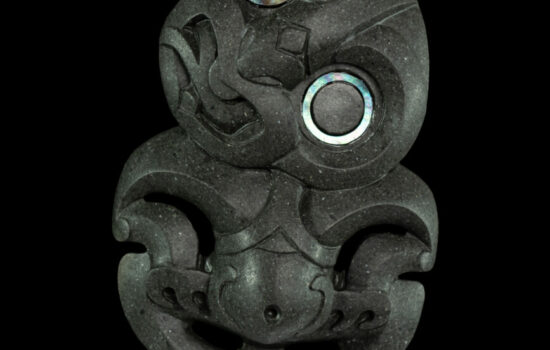
Hei Tiki
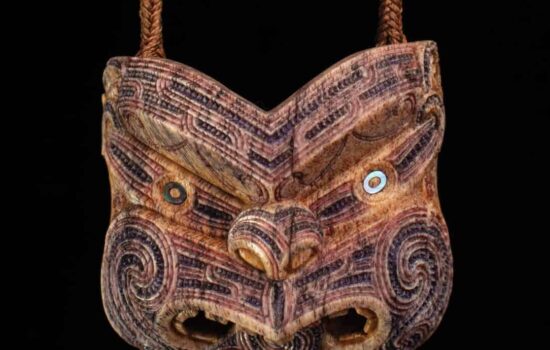
Wheku
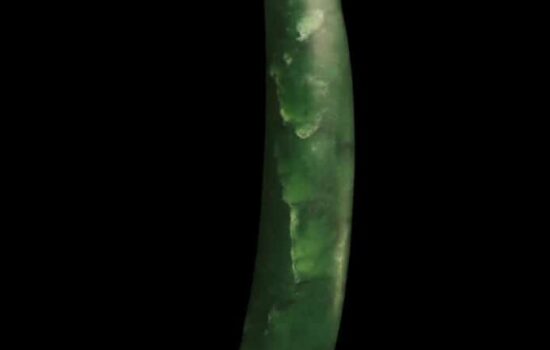
Aurei
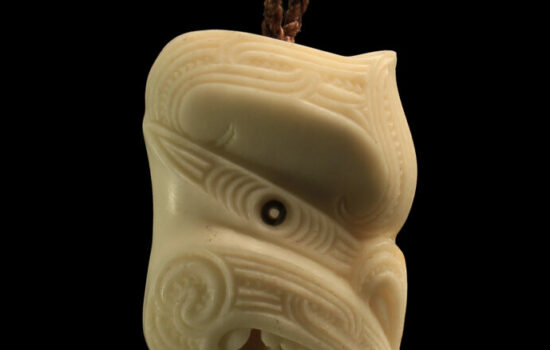
Wheku Manaia
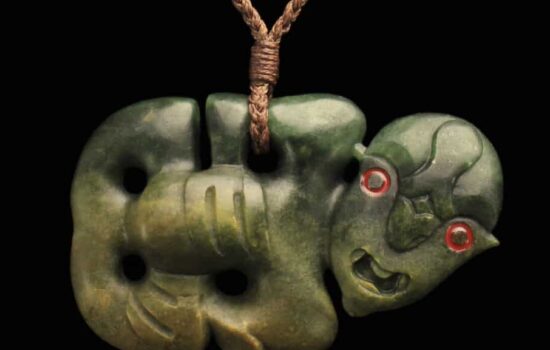
Hei Tiki
